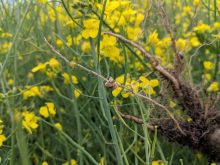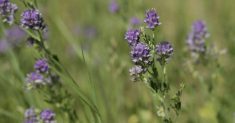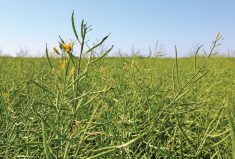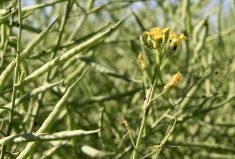Q: I have the big-picture plan for my farm for 2022, is there anything else I should consider?
A: Between the cold weather and the pandemic, the winter months may seem extra long this year. As growers, we need to use this time wisely to prepare for spring. Planning for the 2022 crop is well underway but there are many important considerations one should keep in mind as the spring season rapidly approaches. It is important to set big-picture business and financial goals for your operation, but we need to make sure the fine details aren’t lost with this focus on the bigger picture.
Read Also

Claas brings 1000 Series SP forage harvesters to Canada
In mid-August, Claas unveiled its new line of Jaguar forage harvesters at an event in Visalia, California, deep in the heart of that state’s dairy region.
Growers should be finalizing their seed decisions now — from crop type to specific varieties, right down to your seed sources. When you have a specific variety of any crop you wish to use, it is wise to secure supply early so you can ensure access to your favourite genetics. This will be especially important in 2022, with the ongoing supply chain disruptions. Certified seed is an excellent option with minimum standards for germination and purity; however, if a grower is choosing to use farm-saved seed of bulk-seeded crops, such as wheat, barley, pulses, etc., there are some considerations.
Often growers will do a germination test in the fall, but it is always wise to follow up with another germination test closer to seeding. This ensures the quality of seed has not degraded in storage.
Crop protection needs are of high importance as well. Seed treatment decisions should be made based on your planned acres. When sending in a germination sample, always have a seed-borne disease package run as well to help you decide on treatment options. When reviewing last year, think about any weed concerns you may see in your operation. Catching an emerging issue such as cleavers, or a potential resistant weed population early, can save you future headaches.
Crop rotation considerations also need to be reviewed. This is vitally important for disease management, especially with diseases like clubroot in canola or root rot in field peas and lentils, to ensure a sufficient break between host crops. Take some time to review the herbicides used in each field last year to ensure there are no re-cropping restrictions that could affect your current plan. Review known weed issues in each field and ensure you have a herbicide option to control those weeds in your planned crop.
Fertility considerations should be reviewed. Consider seed safety, fertilizer placement and if you have made any equipment changes that may affect your current practices.
Resources are available and farmers are not alone in making these plans. I recommend talking with a crop adviser as he or she will have resources that can help with crop planning. There are many excellent options from your retail partner to independent consultants. The time spent planning in winter is crucial to having a successful growing season.
– Scott Anderson, PAg, CCA, is the manager of agronomic solutions in northwest Saskatchewan for Nutrien Ag Solutions.















